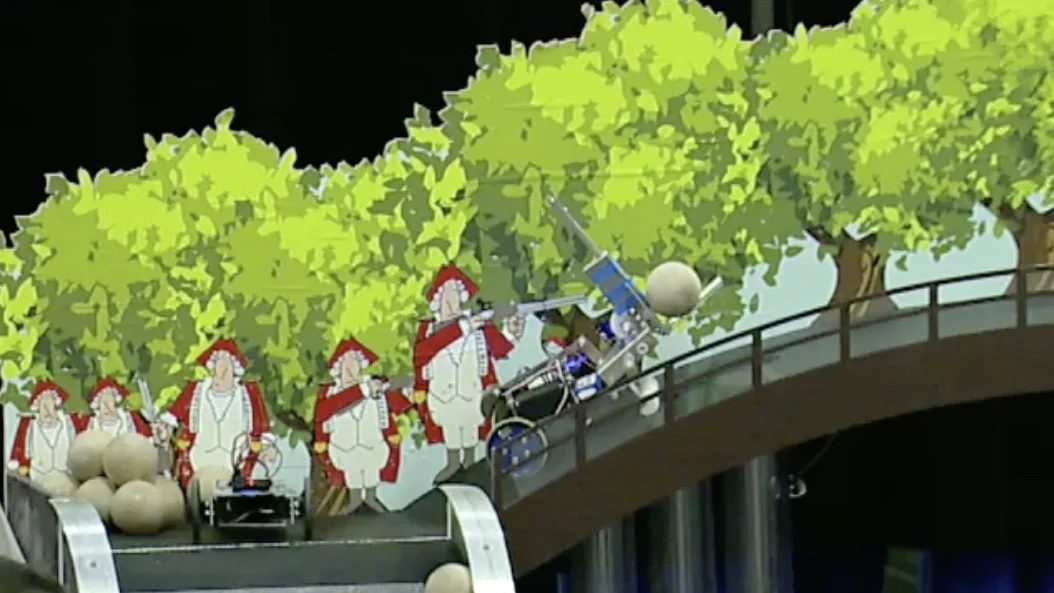2.007
2.007 Competition Robot
Design & Manufacturing I (2.007) is an MIT Mechanical Engineering course that focuses on incorporating engineering principles into the creative design process. The semester-long project requires each individual to design, prototype, and build a robot for a semester-concluding competition. An American Revolution themed game board in the 2016 iteration of the course provided multiple avenues of scoring points to encourage a wide array of strategies ranging from raising ’lanterns’ to climbing a hill and transporting ‘cannonballs’. My robot pair achieved a top-8 finish out of 153 students in the final tourney.
Prototype
The course begins by introducing CAD and manufacturing to a specific design before commencing the semester-long design and manufacturing cycle. This introduction yields a small platform that can move around part of the game board, forming a foundation upon which students iterate towards their final designs. In the pictures above, you can see some of the steps taken between that base platform and my final design.
design
Constrained by materials, actuators, and size, my design focused on a robot that could lift and transport cannonballs from a pre-arranged stack to holes in the board to score points via a reliable, user-friendly device. A four-bar linkage was used to allow the fork to angle backwards repeatedly in a predictable motion, stabilizing the cannonball during platform movement. Additionally, a rack and pinion was used to ensure precision positioning when picking up and unloading cannonballs.
Final Robot
For the competition, I modified my initial prototype to meet regulations and climb between the starting level and upper level to maximize the points scored in addition to my final design robot. With time constraints forcing specific tasks to be prioritized as the competition approached, the prototype ramp was made rules-compliant and maintained for use because its reliability had already been validated. Despite my strategy’s success in qualifying for the round of 32, the cannonball-carrying robot failed to achieve its goal of being user-friendly in the heat of competition, causing a defensive strategy change that you can see below.
If you have a moment, check out the the MIT News article about the event. If you have a bit more time, watch the video below of the final competition night. Below the video are the times that you should skip to to see my specific rounds. The first two rounds feature a defensive strategy (not offensive because the fork did not move the opposing robots). The quarterfinals round showcased the design’s lack of user-friendliness that led to my exit from the competition.













